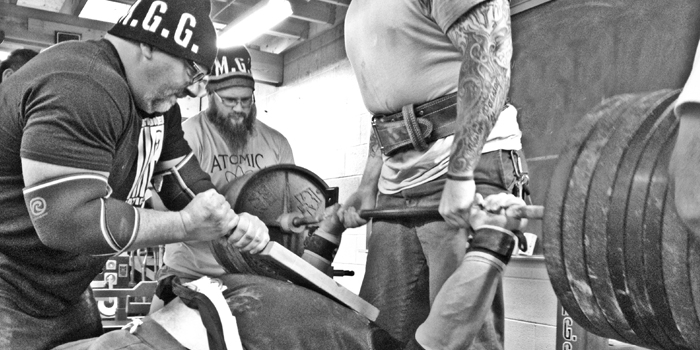
The world is as technologically advanced as it has ever been. Knowledge that took a century to double in size back in the 1900’s now doubles every 13 months and data models suggest it will soon double every 12 hours. As this occurs, medical breakthroughs, for example, seem to be a routine part of your daily news feed. The individual needs to look no further than the phone in their hand to personally feel this technological impact. For perspective's sake, that smartphone is roughly a million times more powerful than the computer that landed a man on the moon.
As a species, we appreciate, bask, savor, utilize, enjoy, overuse, abuse, squander, and take for granted all of this wonder that the 0.0001% who invent things have created for the other 99.9999% who use those innovations. It is often human nature to look for the fix, the cure, and the answers to our inquiries, our wants, our desires, our longings, and our destiny. We seek these solutions in that Holy Grail of places for such answers — that place being the future. After all, the future will cure our frailties, give us the answers, provide us the shortcuts, and supply us with the tools to attain what we want, desire, long for, and dream of. Right?
In our world of iron, chalk, and weight, the tendency too is to seek the future for our wants and needs of the now. It seems logical that the answers to the questions would be wrapped up in the gifts that the future brings. When it comes to unraveling and unlocking the mysteries of the present, the future seems as promising as any other place to look. After all, polio (poliomyelitis) struck fear in the hearts of mankind. In 1952 alone, polio infected some 60,000 children in the US, and then in the future, in 1955 Jonas Salk’s vaccine for polio was being administered, eliminating this menace in America by 1979. Once the atom was a mystery to be solved, then in the future, through Ernest Rutherford’s work the atom was split in the summer of 1945, thus giving birth to the atomic age. There surely is a sub-text here that saving people from disease comes a decade after testing the first atomic bomb (but that is a story for another time). There is often hope—or dare it be said faith—that "the future" is the timeframe where many problems and questions of humanity will be solved.
That all said, sometimes the questions have already been asked, pondered, explored, researched and answered. But as a civilization, it can be the case that we might not like the answer, we might ignore the answer, or we might feel there is a better answer than the current answer. My friend and powerlifter Tatum Susberry from Monster Garage Gym is a lifting buddy of mine. As students of the history of the world of strength and power and muscle, he and I often simultaneously read two different books, then swap and read what the other read, comparing notes along the way. (Our current book swap is two books by Dave Draper, 1965 Mr. America and 1966 Mr. Universe. At 75 years old and with a lifetime of insight into the world of weight, he provides an amazing perspective). Recently Tatum brought in a 40-year-old issue of Iron Man magazine. Specifically, he brought in the January, 1978, Volume 37, Number 2 issue of Iron Man, with Chet Yorton on the cover.
Photo: Chet Yorton on the cover of Iron Man magazine, January, 1978, vol. 37, no. 2.
When someone says “Iron Man,” non-lifters might think of Iron Man the movie, or others may envision the Black Sabbath jam off the 1970 Paranoid album. For folks like you in the iron game, Iron Man congers up images of contemporary lifters, but for those in the power game who are longer in the tooth, Iron Man congers up images going back deep into the golden era of bodybuilding and well prior to that. Iron Man is the oldest fitness oriented magazine in America, founded back in 1936. Prior to its 1986 sale to another owner (when its focus became more hardcore fitness), Iron Man was nearly equal parts power, muscle building, training, nutrition, and supplementation.
Photo: (Left) Powerlifter Tatum Susberry of the Monster Garage Gym, and (Right) GOAT, Ed Coan, post-training at Quads Gym.
As I sat around at the gym post-training sipping on a protein shake and writing in my training log, I began to thumb through this little gem that Tatum left for me to explore. I first flipped through the pages, then started to actually explore the issue. As I looked through the issue, I played a little mental game with myself. I imagined that it was not today after a training session at Monster Garage Gym, but that it was in fact 1978 and I was finishing up a training session at a similar non-corporate gym (which was much more the case back then). As I let my imagination transport me back in time, I started to peruse the magazine. Although the prices of the products in the ads were much less expansive, there were, in fact, the ads: ads for gym equipment, ads for training programs, and ads for food supplements. Then I began to read the table of contents to see what I was in store for reading-wise.
Photo: Table of contents, Iron Man magazine, January, 1978, vol. 37, no. 2.
I sat there in the gym lobby, drinking my shake, beginning to read through this issue from 40 years ago. It took me back in my mind to the 1990’s when I would do the same exact thing, but the shake wasn’t whey (it was egg), the magazine was Powerlifting USA, and the gym was Frantz Gym (a legendary gym, which is no more). But the more I reflected, it took me back to any given day after working out in the 1980’s as a teenager, reading from any of the bodybuilding magazines strewn all over the gym’s three-legged coffee table and spilling onto the floor. That shake was milk and egg and the gym was Drew’s Gym (another amazing gym from the late 1970’s and early 1980’s that exists now only in memory).
So while having these mini-flashback moments, I began to read from the contents — articles about training philosophy, articles about food supplements, training routines, moderate versus heavy training, nutrition, world lifting champions, bulking exercises, and more nutrition and training articles. As I sipped my shake and I finished the table of contents, I began to read the articles one by one. The magazine itself contains fewer than 60 pages of content, although I swear the font must be a size six or eight to help keep pages few and the costs down.
The more I read, the more those mini-flashbacks and feelings of deja vu began to occur. Although I had never read this issue before, the reality is that what was being covered in this 1978 Iron Man — or the muscle magazines of the 1980’s or Powerlifting USA’s of the 1990’s or anything from today—has the same hidden message. That message is that individual physical improvement, individual muscular improvement, and individual strength improvement is just that: individual. Training programs of successful lifters have been published since Iron Man began over 82 years ago, as have food supplement articles, training principal articles, inspirational articles, and the like. As I mentioned in the onset, it is often human nature to look for the fix, the cure, and the answers to our inquiries, our wants, our desires, our longings, and our destiny. We seek these solutions in that Holy Grail of places for such answers — that place being the future. After all, the future will cure our frailties, give us the answers, provide us the shortcuts, and supply us with the tools to attain what we want, desire, long for, and dream of. Right?
The more I ponder this thought, the more I feel that the answers for competitive lifters are not waiting to be discovered in the future, but have already been answered time and time and time again. Those answers are not found by gazing at the computer screen of the future, but wiping the dust from the written pages of the past. Those universally sought answers might not be found due to some scientific breakthrough. Sometimes the answers are simple and have been hiding in plain sight all along. The answers are often our basic intrinsic tools, and when applied can lead to the success of gene splicing, as well as a bigger deadlift. Those essential and basic and omnipresent tools are used by some and negated by others. These are tools like hard, hard, hard work in the gym — an extra rep when there is nothing left in the tank, channeling a burning desire to win into an action plan to achieve that win, a ultra-focused vision, and a relentless resolve to achieve that mission.
If the training programs written about from the 1936 issue are what caused the lifter writing about the program to be the best, why weren’t all the lifters using that same 1936 program all champions as well? Could it be that it is not really their secret program, but rather what makes a champion is their hard, hard, hard work, their determination, and their never-say-die unrelenting commitment to their training? Dave Draper in his books talks about how there is in fact nothing new. This is from someone who put up numbers in the 1960’s that most raw lifters today would kill for, and who had a build that most today will never achieve. So is a modern program a solution, or is the vintage trait of nose-to-the-grindstone the secret that is sitting there in plain sight?
Many want easy answers, and easy answers are a dime a dozen. Do this plan, take this supplement, use this exercise, buy this program, pay me for this method. Not a lot of lifters can put up the weights that Ernie Frantz did back in the 70s and 80s, and Arnold created an unreal build that transcends time with little more than free weights and a few pulley machines. Why was Ernie Frantz (who incidentally was featured in this 1978 issue) a force back then, and at over 80 years old is still someone who can crack open your mind and fill it with priceless insight to this day? The answer could be that some just do. Some just conquer. Some just create their mission, and with undeterred and unrelenting drive and determination pursue a goal and grab it by the throat until they dominate that goal and then move onto the next.
Photo: Powerlifting legend, Ernie Frantz in the pages of Iron Man magazine, January, 1978, vol. 37, no. 2.
I submit that for individual excellence in the iron game—be it powerlifting, bodybuilding, or strongman—the secrets are not discovered in the technological advances of the future, but are located in the words of those who were successful in the past. What made the individual successful is not the secret training program, but what he, she, or they did with that program during their time in the gym. Those individuals placed a high value and did not compromise when it came to their work ethic, their vision, their focus, their determination, their nutrition, their sleep, their rest, their recovery, their food supplements, their sets and reps, or their short-term and long-term goals. They did not waiver in their ability to foresee themselves as successfully achieving what they set out to, and doing what was required to bring their vision to fruition.
Technological advancements are good. A safer barbell, a well-built and safer power rack, and a machine for this or that to work around injury or isolate a muscle group are all good things. But the bar alone, the machine alone, the food supplement alone, the numbers on a training program alone are not secret answers. The secret ingredient is the fortitude of the individual, as it is the individual efforts alone that serve to create their own success. There are sheep and there are shepherds. There always have been, there always will be. Just like there are those who program hop and who spend thousands of dollars a year having high priced "trainers" construct programs for them, there are those who train hard—very hard—and smart, and who heed their technique and focus on their goals and the intrinsic qualities we all possess to varying degrees. The secret is that one must call on those intrinsic qualities that all the champions of the past and present have not just called upon but have applied with consistency, determination, grit, and an unrelenting drive to reach that pinnacle of desired success. Those intrinsic qualities when applied without compromise are the unequivocal forces behind success. As they are intrinsic, this can give the illusion that it is that lifter’s program, sleep pattern, routine, or food regimen that is somehow the secret to their success.
It is much easier for the onlooker to see a program or exercise than it is for them to see indomitable spirit, an iron will, or an internal passion and fire to move ever onward, regardless of what obstacles might be in their path. As the intrinsic is not as obvious to see as the physical, following that individual’s physical pattern, imitating their routine, wearing the same type of squat shoes, or using the same supplements are the illusions many think will somehow transform them into the same successful lifter whose visible traits they are trying to emulate.
With this new and refined lens, look back at the champions through time, over the span of more than years and decades and instead through the eras of the strength world. Develop the ability to utilize that lens to see beyond their program, routine, and exercises, and instead peer keenly into their nature, their drive, and their ability to create a vision and carry it through to a successful end. To a degree, all lifters have these intrinsic abilities, traits, and characteristics. It is a wise investment of time and energy to fully and completely develop these inner-invisible abilities, as they will serve you exponentially once applied to that given external program, routine, exercise, etc. It is forging the successful combination of intrinsic and the external that will make all the difference.










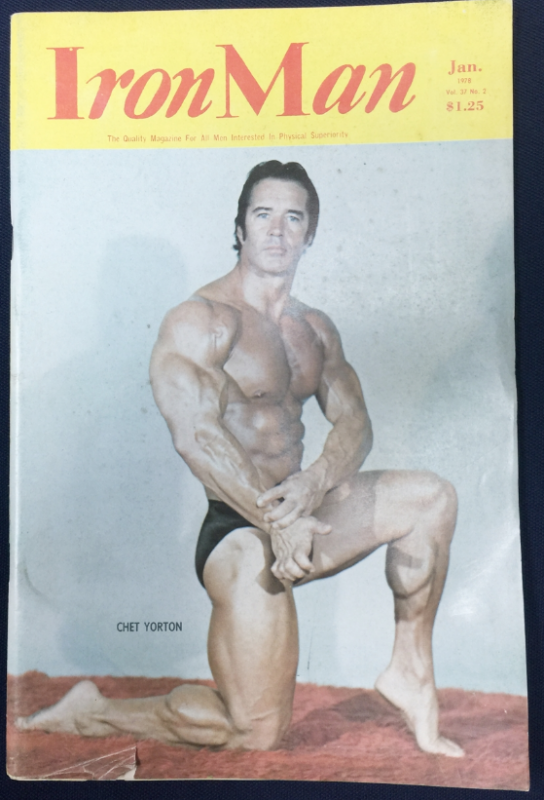
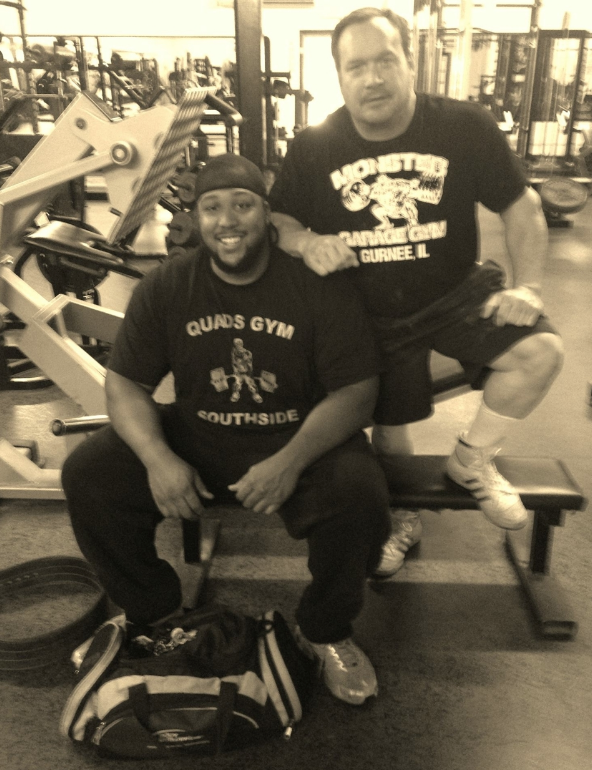
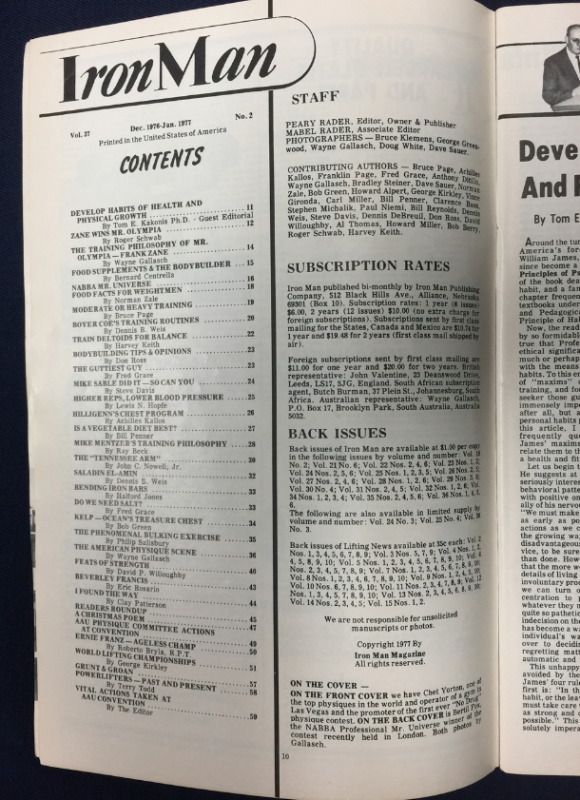
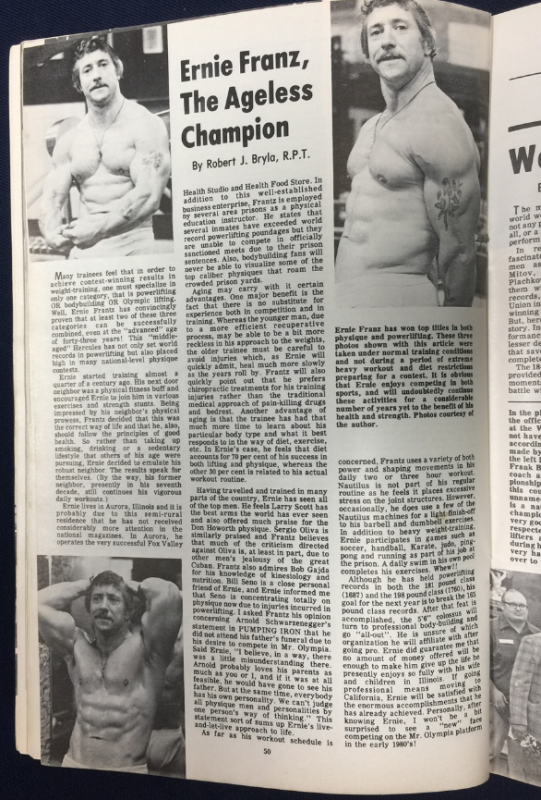
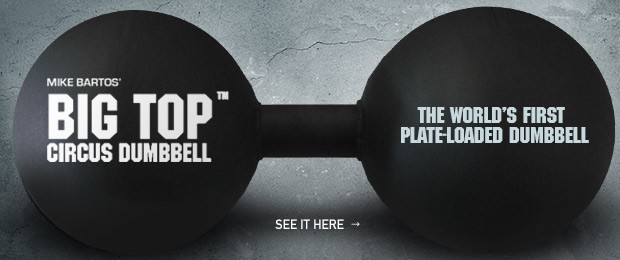
1 Comment